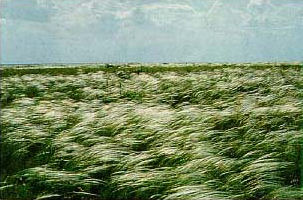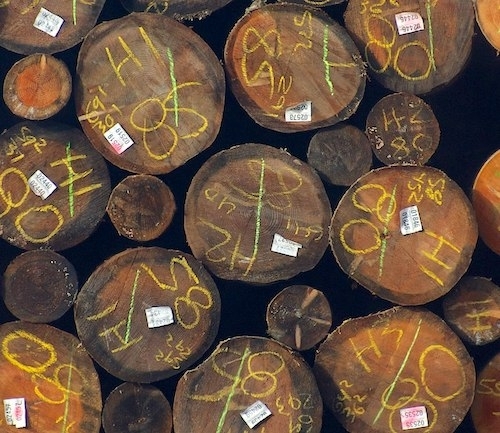Sip-Sin

Sip-Sin covers 7,000 ha of the reserve's territory. This area includes wavy, sandy steppe with scattered birch and aspen trees, seasonal salt and scattered small lakes. Some pine groves can be found in its central area. This area resembles the forest-steppe lands of western Siberia.
View Citation
Bibliographic details:
- Article: Sip-Sin
- Author(s): Heather Triplett
- Publisher: Arizona State University School of Life Sciences Ask A Biologist
- Site name: ASU - Ask A Biologist
- Date published: October 8, 2009
- Date accessed: April 17, 2024
- Link: https://askabiologist.asu.edu/content/sip-sin
APA Style
Heather Triplett. (2009, October 08). Sip-Sin. ASU - Ask A Biologist. Retrieved April 17, 2024 from https://askabiologist.asu.edu/content/sip-sin
Chicago Manual of Style
Heather Triplett. "Sip-Sin". ASU - Ask A Biologist. 08 October, 2009. https://askabiologist.asu.edu/content/sip-sin
Heather Triplett. "Sip-Sin". ASU - Ask A Biologist. 08 Oct 2009. ASU - Ask A Biologist, Web. 17 Apr 2024. https://askabiologist.asu.edu/content/sip-sin
MLA 2017 Style
Be Part of
Ask A Biologist
By volunteering, or simply sending us feedback on the site. Scientists, teachers, writers, illustrators, and translators are all important to the program. If you are interested in helping with the website we have a Volunteers page to get the process started.









